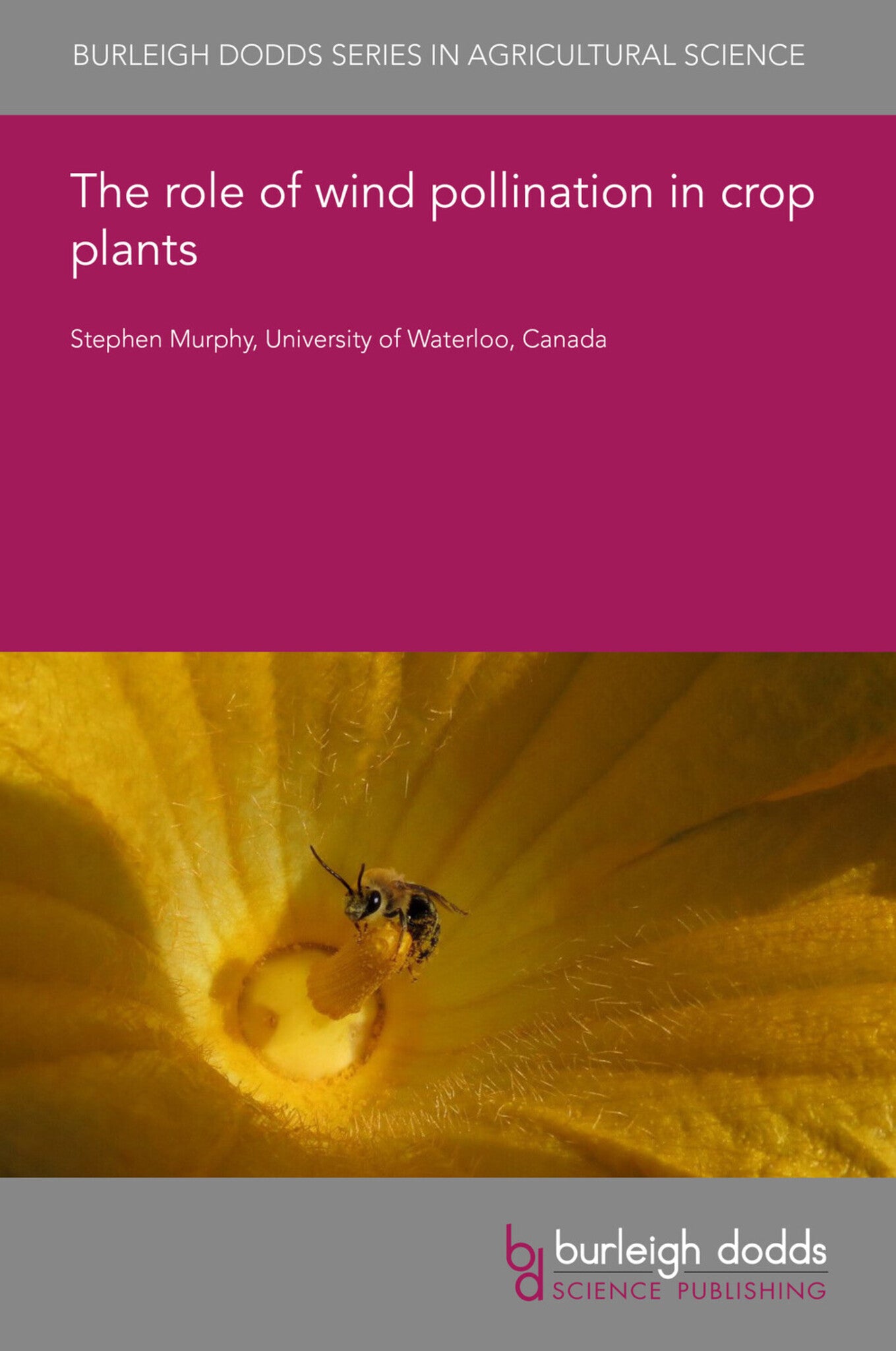We're sorry. An error has occurred
Please cancel or retry.
The role of wind pollination in crop plants

Some error occured while loading the Quick View. Please close the Quick View and try reloading the page.
Couldn't load pickup availability
- Format:
-
19 December 2022

This chapter reflects on the early transition from wind-pollinated species (especially Poaceae) into crop species and the current state of wind-pollination in agricultural pollination networks. It then provides a short review of the evolution and biomechanics of wind pollination to establish why humans moved away from open pollination. A more deep exploration of the relative importance (or lack thereof) in crops like Zea, Triticum, Oryza, and Secale follows, as does a focus on the extant risk of heterospecific pollen transfer to wind-pollinated weeds. The chapter also discusses the role of anthropogenic climate change on wind-pollinated crops and the future and relative importance of wind-pollination in widespread and niche crops. The chapter ends with a case example of how one might create a ‘win-win’ in terms of conservation and restoration of natural habitats to promote wind-pollination in farming.

SCIENCE / Life Sciences / Zoology / Entomology, Apiculture (beekeeping), TECHNOLOGY & ENGINEERING / Agriculture / Sustainable Agriculture, TECHNOLOGY & ENGINEERING / Agriculture / Agronomy / Crop Science, Sustainable agriculture, Agricultural science, Agronomy and crop production

- 1 Introduction
- 2 Fundamental mechanisms of wind pollination
- 3 Wind pollination and transgenic risks in grass crop species
- 4 Promoting wind pollination in open-pollinated crop species
- 5 Conclusion and future trends
- 6 References



